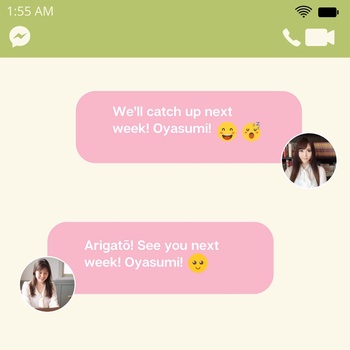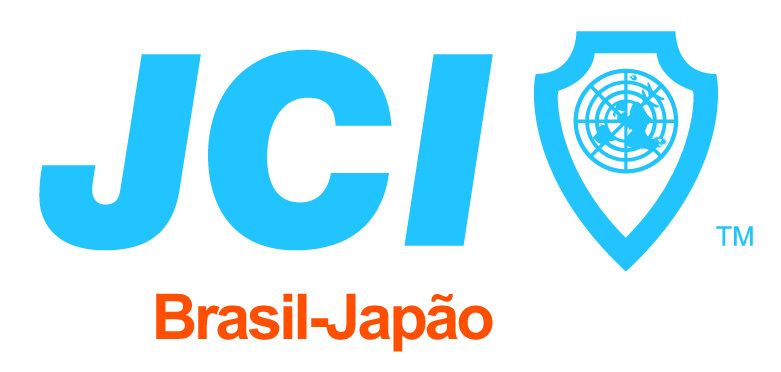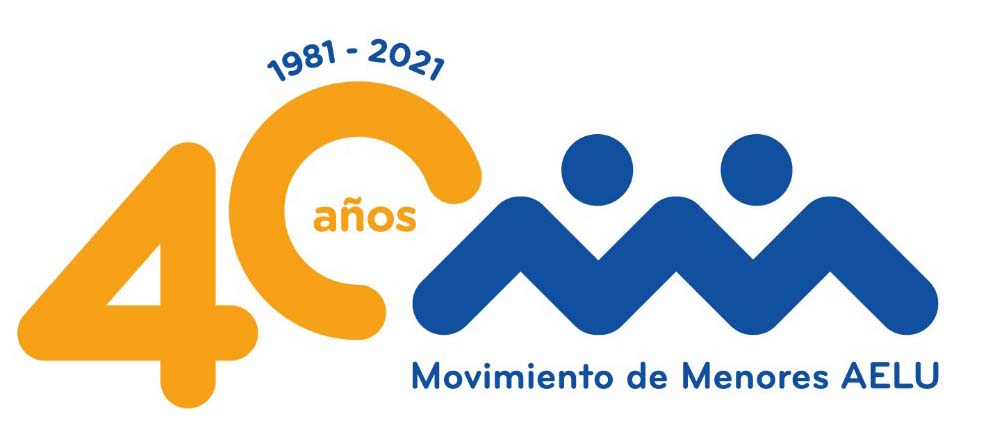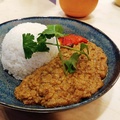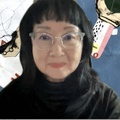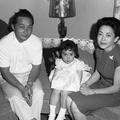“Jyā mata raishū ne!”
“See you later!”
The Zoom call ends, and I finally head to bed.
Another long day has passed for the both of us. Meetings, deadlines, teaching. Otsukare sama!
As I lie on my bed, staring into the dark abyss above, I reflect on how the day went, and the things I need to prepare for tomorrow.
How did we get here? By here, I mean co-founding Japanese for Nikkei and trying to advocate the importance of creating Nikkei spaces for language learners to thrive. For so long, I’ve been trying to run in the opposite direction of having anything to do with Asian culture in general, and specifically anything that had to do with my Japanese identity, language, and culture.
I remember that it wasn’t always like this. There was a time when I enjoyed Saturday school, when I felt completely normal hanging out with “Japanese” people, and when I felt more confident and comfortable in my own skin. When was it, middle school? No, it probably all began when I was in kindergarten. I knew I didn’t quite fit in despite the fact that everyone was kind to me. I didn’t look like anyone else in my class, and nobody could pronounce my name—tsunami, Suzuki, sushi—but it didn’t bother me. I would just giggle and brush it off like fallen osenbei crumbs on my skirt.
Speaking of osenbei, it was one of the snacks that I could secretly indulge in at home. I wouldn’t dare bring them to school though, in fear that I would be teased for not having the cool snacks like Gushers and Fruit roll-ups.
I roll over, feeling around the bed for my phone. I scroll through my Facebook feed, and decide to message Sachi:
Sachi! Thanks for today! By the way—totally random question:
Did you bring Japanese snacks to school like osenbei? Or Koala no māchi?
* * * * *
Otsukare sama. I sign out of my emails and decide to call it a night. Honestly, I don’t usually enjoy sleeping, but my little rabbit makes everything better. In the darkness, she looks at me from the floor and I look at her from my bed.
She’s a rescue. No, I’m the rescue.
“Oyasumi, pumpkin.”
I head to the bathroom to get ready to unwind for the night. I turn on the tap and cup my hands together, waiting for the right temperature. As water fills both my palms, I look up, looking at my reflection in the mirror, and thoughts come running into my head.
I always look whiter than I feel on the inside, but there’s nothing I can do about that. I don’t fit in anywhere, but I’ve come to accept it. Being “only half” Japanese often means that language and culture are unbalanced. Many mixed people I’ve met in Toronto are only somewhat fluent in their non-English language, and most mixed people I met in Japan were barely able to communicate in the non-Japanese language.
I get it. It’s hard. It’s really hard. One of my big life goals is to break those stereotypes and be as balanced in everything as possible. I’ve often been neither Japanese nor Canadian; but I’m here to show the world that it’s possible to be both.
Finally, the water reaches my desired temperature. I splash my face with it, brush my teeth, and head to bed.
I pick up my phone from my desk to check the time.
Hm? Another message from Tsugumi? I respond:
I love Japanese snacks, but, no, I never took them to school.
I usually only ate them when we visited Japan!
Speaking of snacks, or rather, food in general, my dad is a very good cook. Any meal he cooks is a special one—probably because it’s always Japanese food. It’s been like that for as long as I can remember. I always loved eating Japanese food, but it was always different outside of the safety of home.
Today, lots of people know about a variety of different Japanese dishes, but back when I was in Elementary school (a very White school at that), things were very different. I still remember the “What’s THAT!?” and “Ew” comments, and my mother scolding me for not eating my lunch, which by the end of the school day, wasn’t always edible.
* * * * *
I get a reply from Sachi and begin to type:
I know what you mean! I remember I once brought katsu sando for lunch and it freaked people out because it wasn’t ham & cheese.
Sometimes, I wonder how much things have changed in terms of our encounters with racism, which are, unfortunately, so varied and often experienced in childhood, chipping away and slowly eroding a sense of cultural pride, values, and interests until a shell of whom we used to be remain standing. I remember how eating sushi was considered “gross,” according to the kids at school. They’d say things like, “We like our food cooked.”
Nowadays, it’s quite popular, which is good for my father’s business—I wonder if those kids are now eating sushi too? Experiences like this have had a lasting impact on my perceptions of which types of food are OK to consume and which ones are not. When I was younger, eating onigiri and sushi was a source of shame and embarrassment. I think I pretended to dislike Japanese food for the longest time, but now I make it and eat it often.
The worst is when fellow Japanese people try to guilt-trip me for not being Japanese enough (whatever that means). Like Sachi, having grown up in between cultures, I float between two worlds but often find it difficult to ground a landing in either.
So, to go back to the question that I asked earlier…
We got to where we are today with Japanese for Nikkei because of our individual experiences that have shaped and informed the ways in which we connect with our heritage culture. Our combined frustrations and feelings of ambivalence and insecurity are what led us to create Japanese for Nikkei, but we turned our negative feelings into positive ones in the hopes that people would give Japanese one last try—because, you know, it’s never too late to learn.
By starting Japanese for Nikkei, we have begun creating our own community, where people from all over the world gather for the common goal to achieve fluency in Japanese. Because of this, our community is unlike others, perhaps where division is felt and seen between people of different generations. This afternoon, we just celebrated JFN’s first anniversary at Fuwa Fuwa Pancake and I hope for more pancakes to come in the future!
Alright, all this talk about food is making me hungry. Time for some serious shuteye.
We’ll catch up next week! Oyasumi!
Arigatō! See you next week! Oyasumi!
© 2021 Mimi Okabe, Sachi Kikuchi



